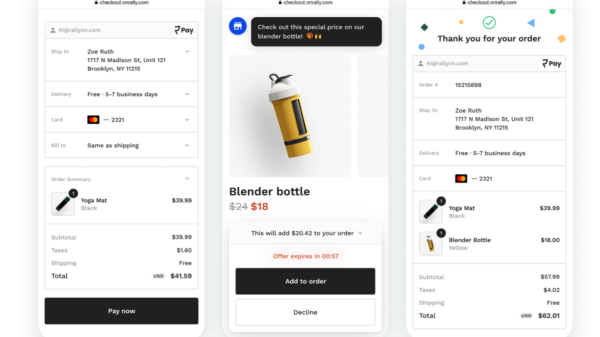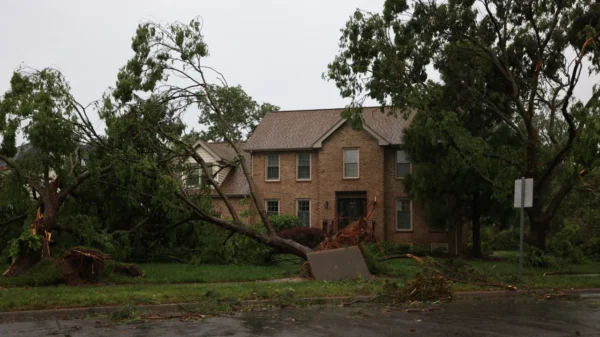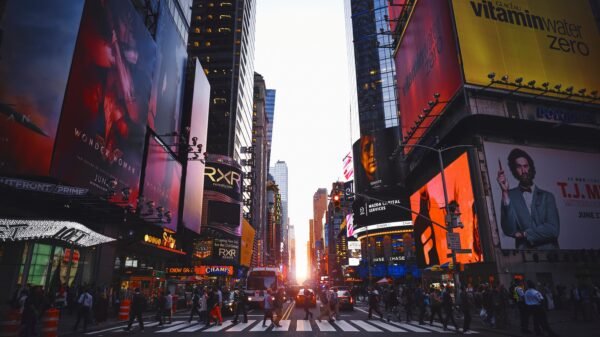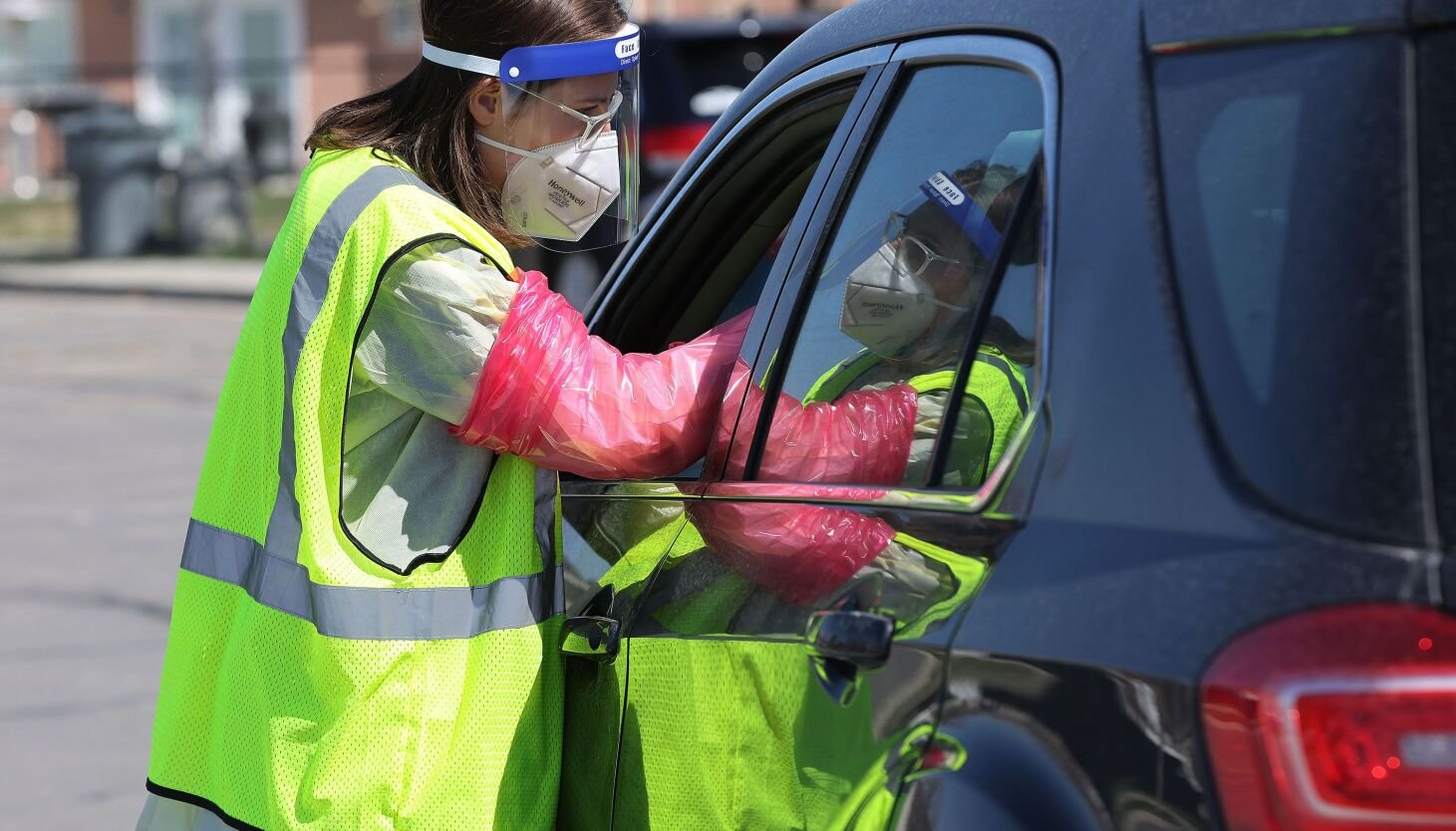Brittaney Bailey tests a person for COVID-19 in West Valley City on Friday, April 8, 2022. The two new versions of so-called “stealth omicron” sweeping through New York right now first showed up in Utah last month but appear to account for only a small percentage of COVID-19 cases here, the Utah Department of Health’s chief scientist said Thursday.
Jeffrey D. Allred, Deseret News
The two new versions of so-called “stealth omicron” sweeping through New York right now first showed up in Utah last month but appear to account for only a small percentage of COVID-19 cases here, the Utah Department of Health’s chief scientist said Thursday.
“For us, we’re not seeing an explosion of one of these taking off,” Kelly Oakeson, the state health department’s chief scientist for next generation sequencing and bioinformatics, said of the new subvariants known as BA.2.12 and BA.2.12.1, that are believed to be boosting case counts in New York, a hot spot for COVID-19.
So far, Oakeson said, genome sequencing at the Utah Public Health Laboratory has identified just two cases of BA.2.12 from COVID-19 testing samples collected on March 4, and five cases of BA.2.12.1 from testing samples collected on March 14.
That’s out of a total of 367 cases of all omicron subvariants detected, including 178 cases of the first subvariant, BA.2 or “stealth omicron.” The subvariants are considered even more transmissible than the original omicron, which sent case counts in Utah and other parts of the country soaring to record levels earlier this year.
Sorting through what amounts to subvariants of a subvariant isn’t easy, Oakeson suggested.
“You’re subdividing a subdivision. You’re really kind of going from BA.2 down into the weeds,” he said, comparing the new subvariants “to a family tree spreading” as the virus evolves. “It’s really complex, too, right? Are we seeing the virus itself becoming better at infecting us or are we seeing other factors play into this?”
What may be happening in places like New York that only recently ended COVID-19 restrictions like mask mandates is that people who don’t have immunity from getting booster shots against the virus or being infected with omicron may be more susceptible to the subvariants, Oakeson said.
Those people are “now all of a sudden saying, ‘Hey, look, I can go out and do things,’ and being exposed,” he said
The New York State Department of Health is urging “continued vigilance against COVID-19” as cases increase. In the central part of New York state, the new subvariants are dominant, thanks to a growth advantage of about 25% over BA.2.
BA.2 now accounts for nearly 86% of all COVID-19 cases nationwide, and more than 76% of cases in the region that includes Utah, according to the latest estimates by the U.S. Centers for Disease Control and Prevention, which does not not post data on the new subvariants.
Utah’s latest COVID-19 numbers, now released every Thursday, show there have been 740 new cases over the past week, 20 hospitalizations and six new deaths from the virus. The seven-day average case count is up 9%, and the percent positivity for tests when multiple results for an individual are excluded is up more than 16%.
While Utah isn’t seeing the same increases in COVID-19 as New York and other parts of the East Coast, there’s still concern that Easter gatherings this weekend could result in more cases of the virus in the Beehive State as the subvariants continue to spread across the country after spiking overseas.
Dr. Brandon Webb, an Intermountain Healthcare infectious diseases physician, predicted earlier this week that Utah can expect to start seeing 400 to 500 new cases diagnosed daily. Webb said what he termed a “swell” rather than a surge, should start next week.
Oakeson agreed that Utah’s numbers are likely to rise because of the holiday.
“I think we’re going to see, just like he said, swells,” the state’s chief scientist said, “This kind of up-and-down, roller-coaster ride I think is going to — I hate to say it — be the new normal, where we have these lulls. People get really comfortable, thinking it’s over. Then we’re going to get a wave again.”
Hopefully, Oakeson said, cases will never reach the same levels they did during the omicron surge that saw case counts of more than 13,000 in a single day. He said Utahns may want to take an at-home COVID-19 test before gathering with others this weekend and make sure they’re up to date on booster shots.
“If you’re really nervous, immunocompromised or have people at high risk for complications from COVID, wear a mask. Gather outside,” Oakeson advised. “All those kinds of things we’ve been saying since 2020 still work. The variants haven’t all of a sudden evolved to get through that mask, or spread better outdoors.”
By signing up, you agree to our Privacy Notice and European users agree to the data transfer policy.















































